War presents many challenges. Even if a great challenge is overcome, there are always problems that will follow that can impede forward progress, or even result in defeat. Innovation can be the decisive element in many situations. For the Allies planning to land on the beaches at Normandy, even if the landings were successful, there remained a serious problem that could cripple their efforts after D-Day: How could the Allies pump more troops and supplies into Normandy without a port? The answer was to build temporary harbors by sinking portable, prefabricated “mulberries” off of Omaha and Gold beaches. Mulberry “A” (for American) off Omaha was severely damaged and abandoned following a brutal storm two weeks after D-Day in June 1944. At Arromanches off Gold beach, however, Mulberry “B” (for British) was used for 10 months, funneling 2.5 million troops and half a million vehicles into France.
The remains of Mulberry B still lie off the beaches at Arromanches. They are living history.
As part of a Museum tour of Normandy in the spring of 2014, I stood on the beach at Arromanches. The weather was so overcast that I could not see the remains of Mulberry B through the fog and mist. The tide was out, however, so we began to walk across the wet sand toward the water. This post’s top photo is what eventually emerged from the mist.
A person could easily pass under the teeth of the gaping mouth of this apparition. Through the fog across shallows and soaking sand a few hundred yards away, more skeletal Mulberry remains loomed (photo below). Submerged under and then rising through the waters again and again over decades, the structures do not just look like some sort of strange historical artifact, but rather they look like they come from a different, lost world—which, in a sense, is exactly what history is.
Later in the day, the sun came out and burned off the fog. From a high hilltop near a museum dedicated to the site (second photo in gallery below), one could observe the pilgrims walking the bay sand below, traveling back and forth between the world of 1944 and the present, while the eternal waves and sun washed towards Arromanches from the channel. History is when time sometimes does stand still, in certain places.
-

The remains of Mulberry "B" at Normandy.
-

The view from above the beach.
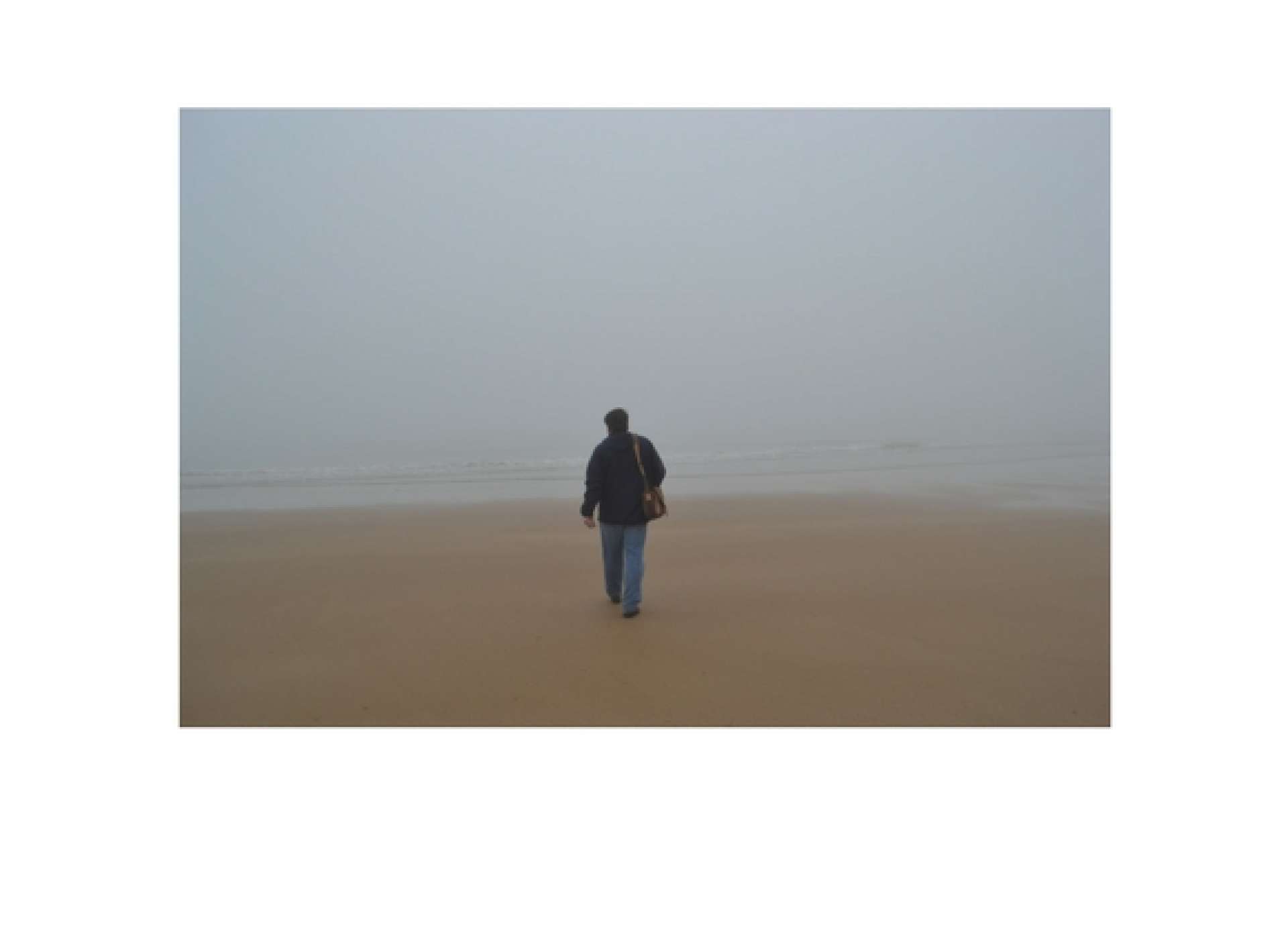
"No matter one’s age, travel is a unique and exciting educational experience. In my work, I have had the opportunity to reflect on history, events, and people in the places where they experienced life. Through the viewfinder, we can not only find history and perspective, but create memory, and evoke our evergreen past."
– Keith Huxen, PhD, Senior Director of Research and History, The National WWII Museum
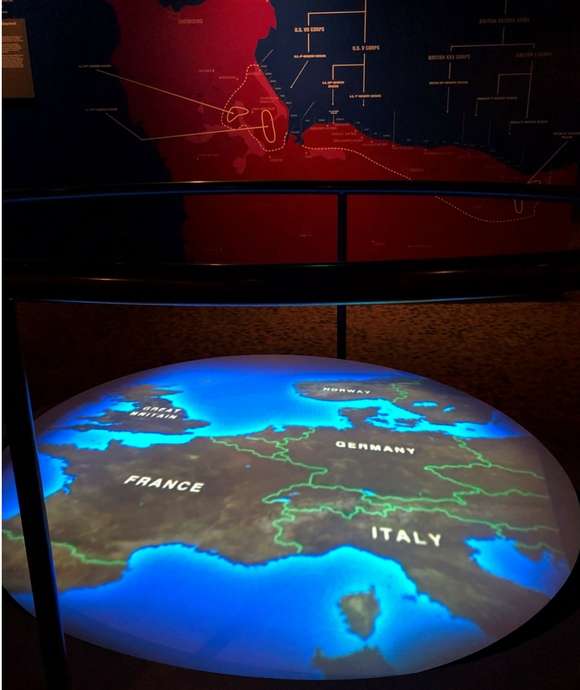
The D-Day Invasion of Normandy Gallery
A visitor favorite since the 2000 opening of The National D-Day Museum, The D-Day Invasion of Normandy Gallery has recently been closed for refurbishment. It reopens to visitors on November 4.
Keith Huxen
Keith is the former Senior Director of Research and History in the Institute for the Study of War and Democracy at The National WWII Museum.
Cite this article:
MLA Citation:
APA Citation:
Chicago Style Citation:
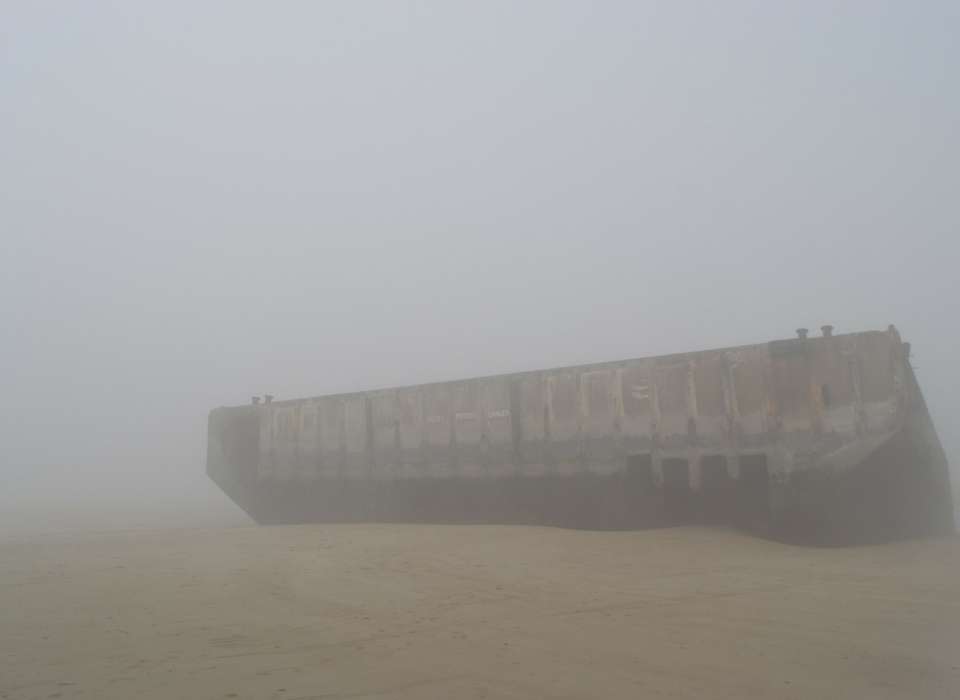
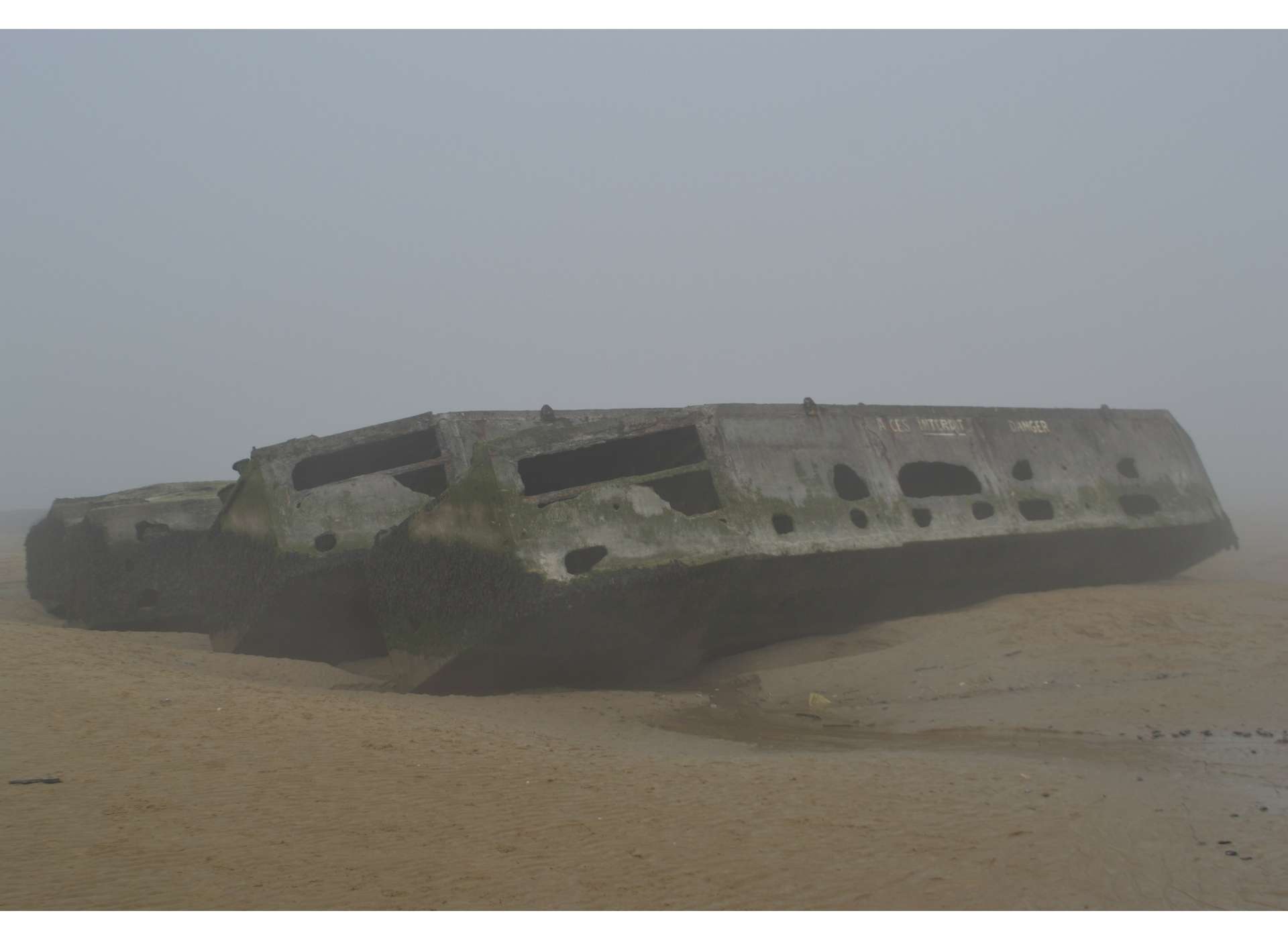
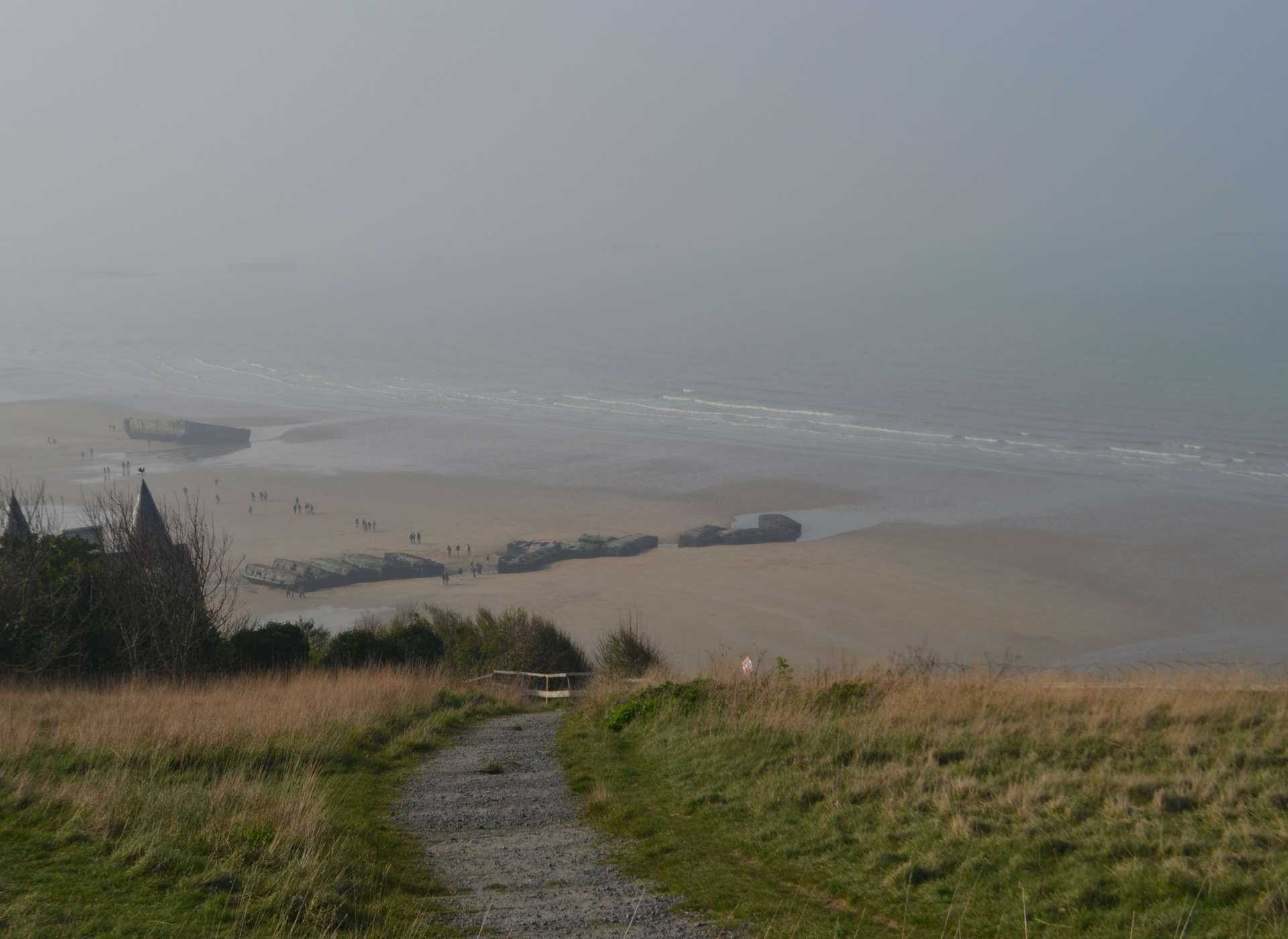

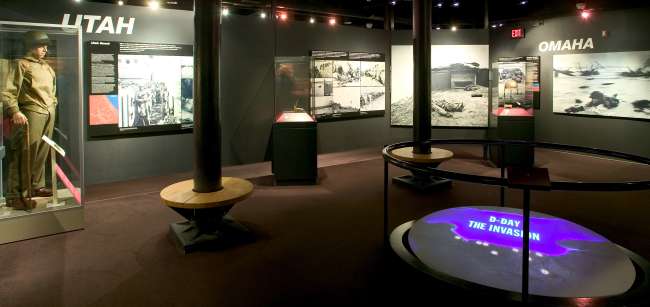



![Max Fuchs, New York City cantor, sings as Rabbi Sydney [sic] Lefkowitz, Richmond, VA, conducts the first Jewish services from Germany.](/sites/default/files/styles/max_650x650/public/2025-10/image1.jpg)



